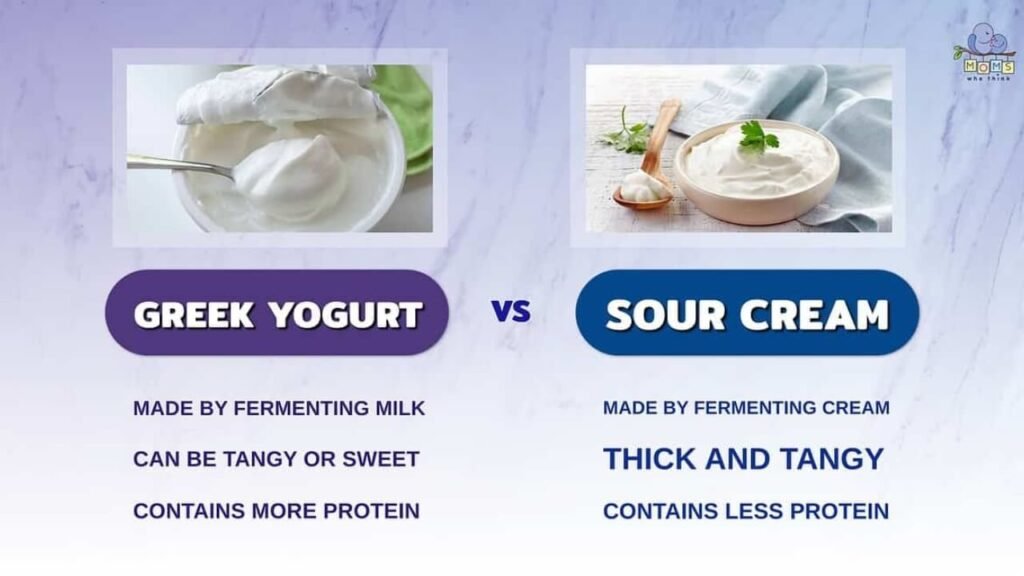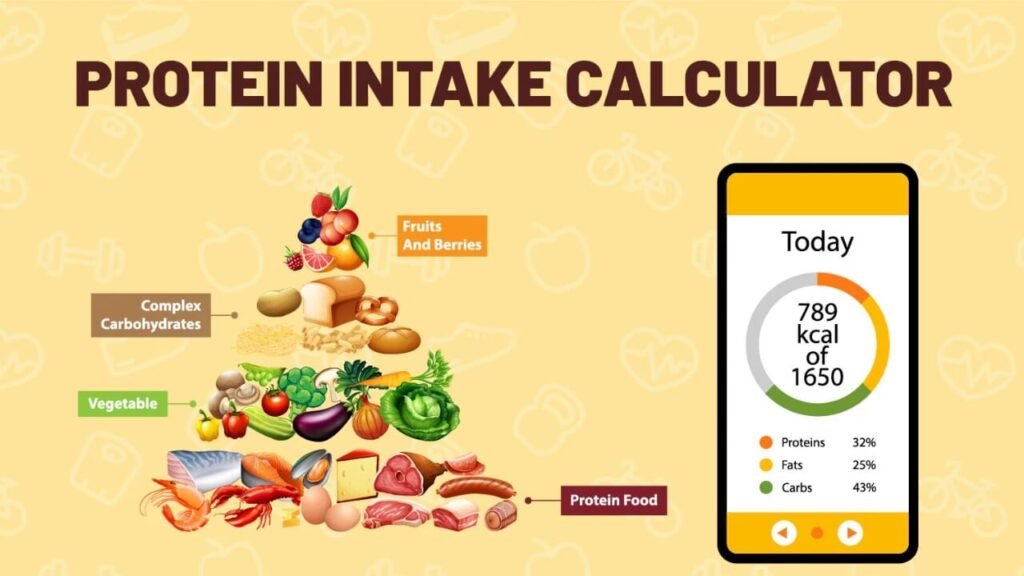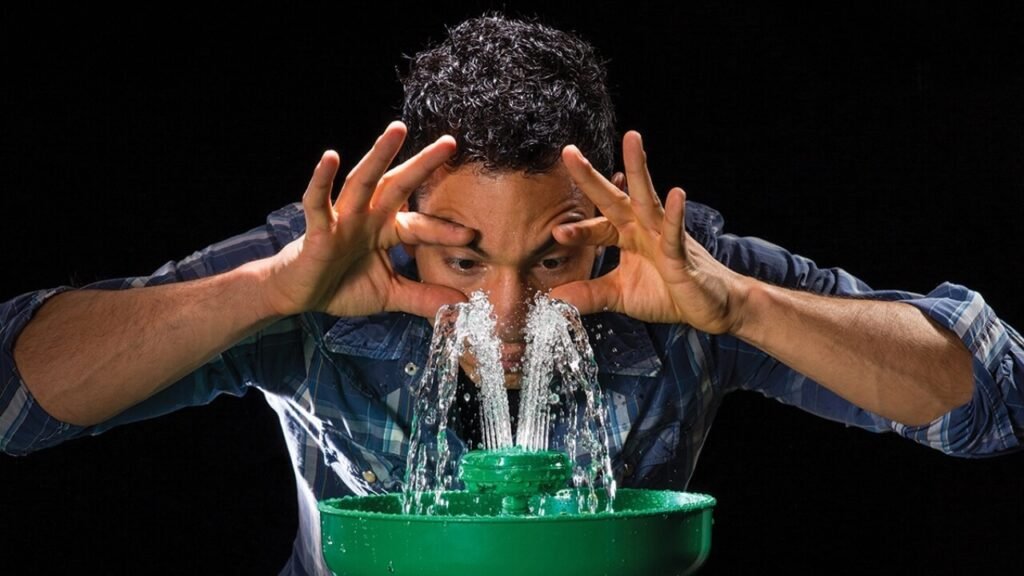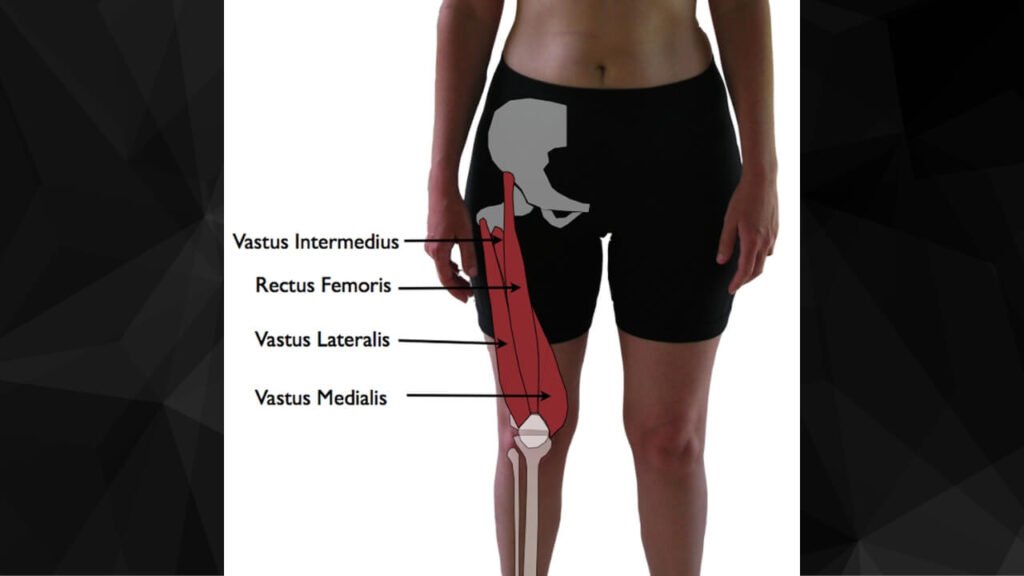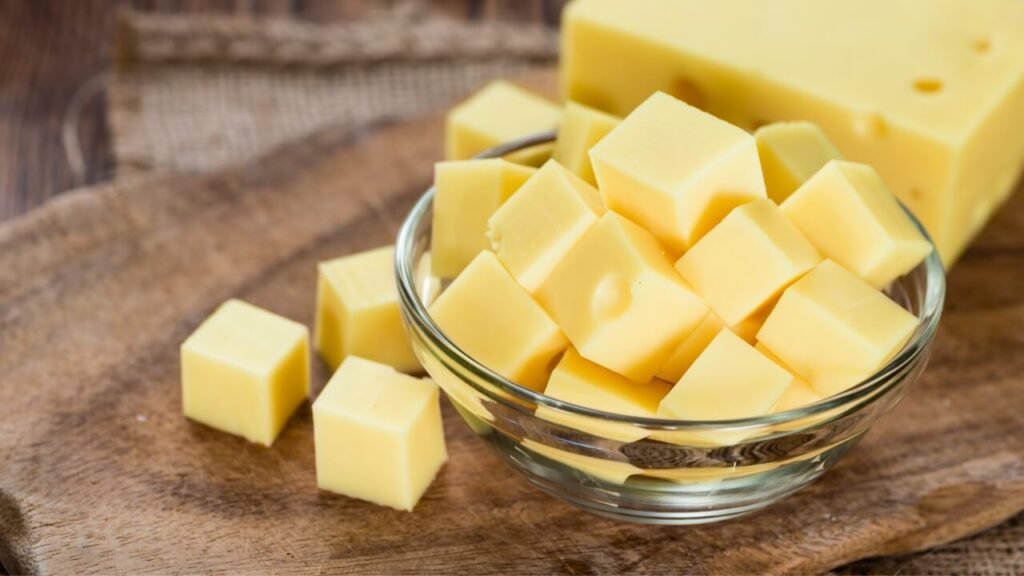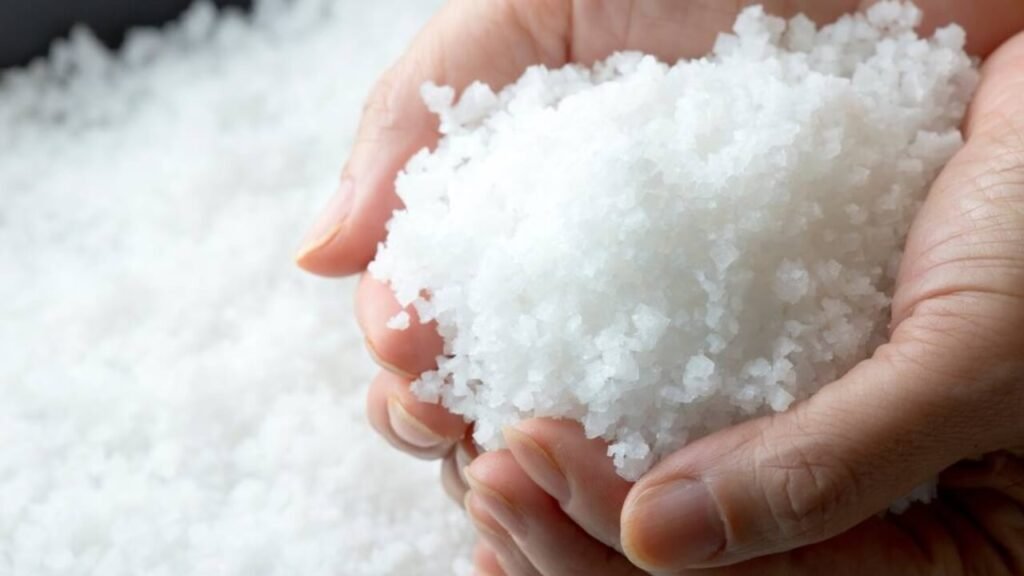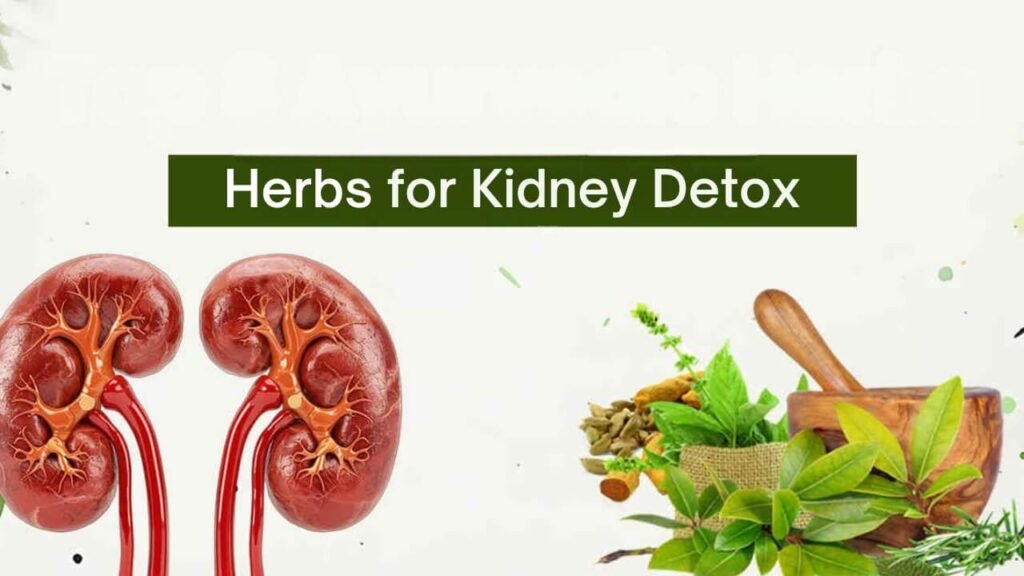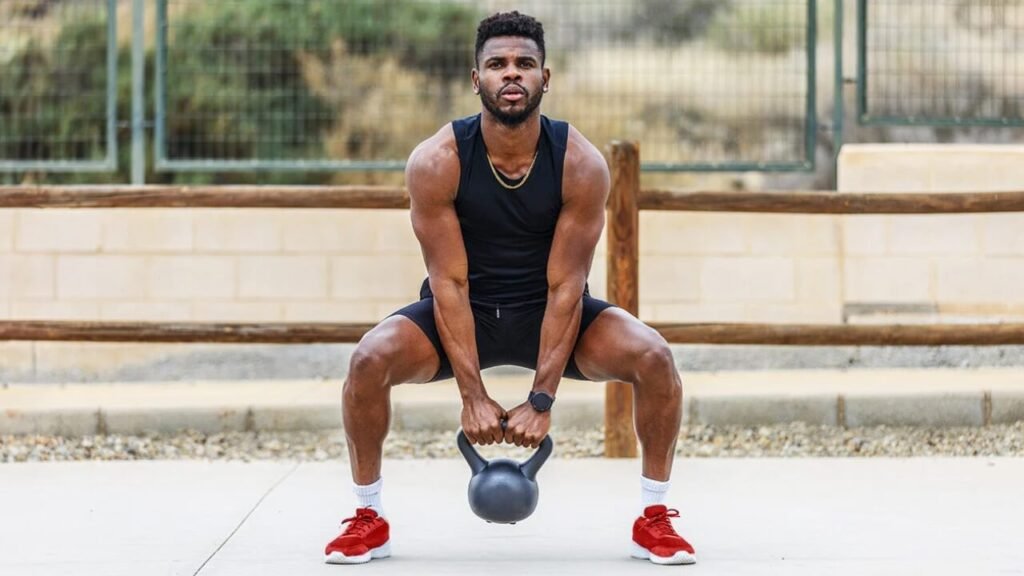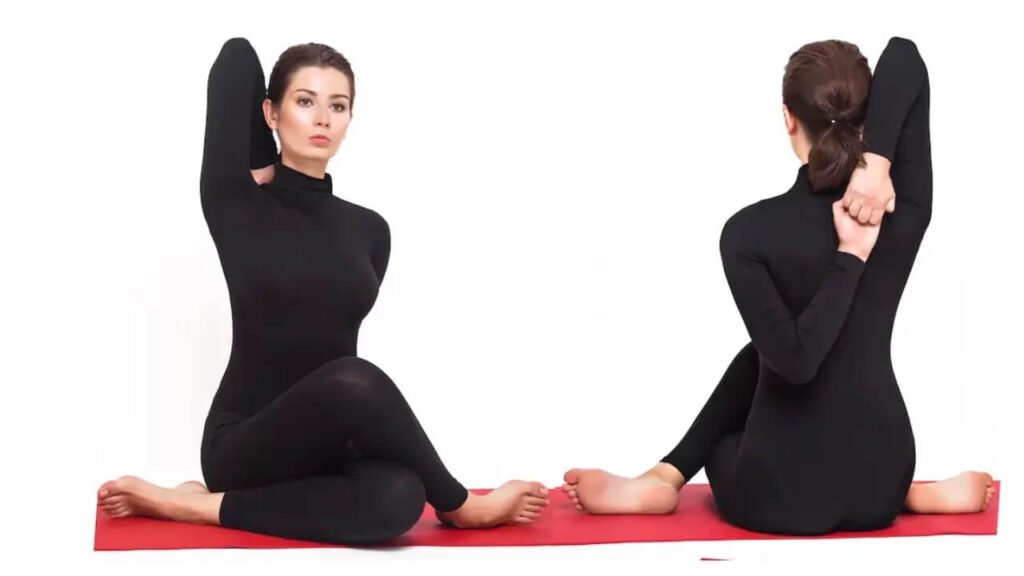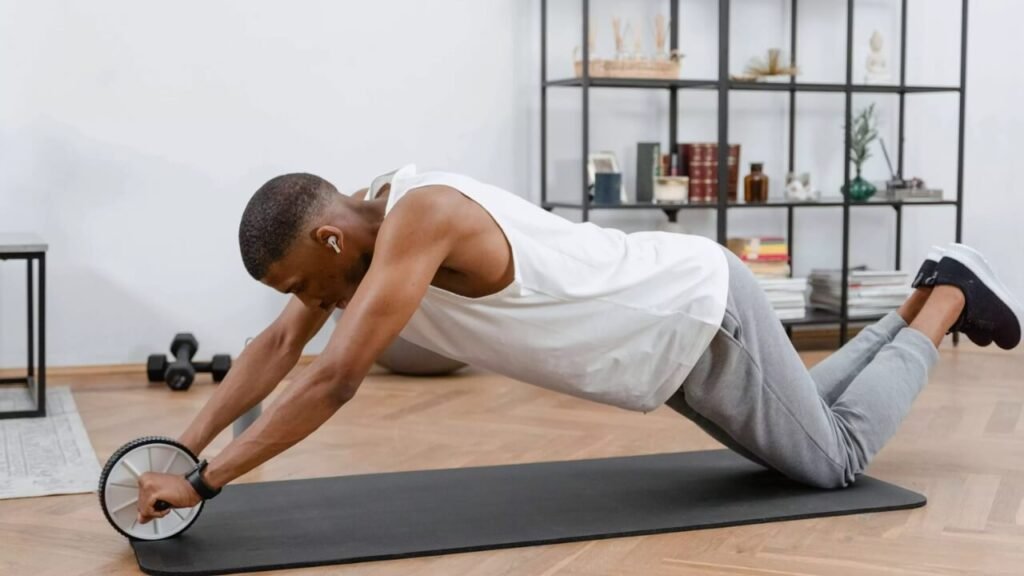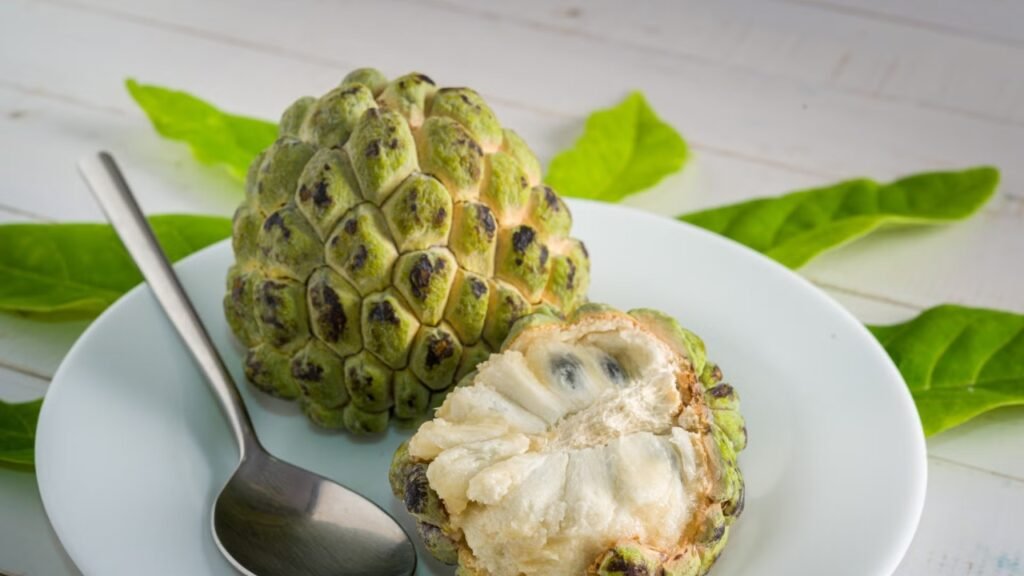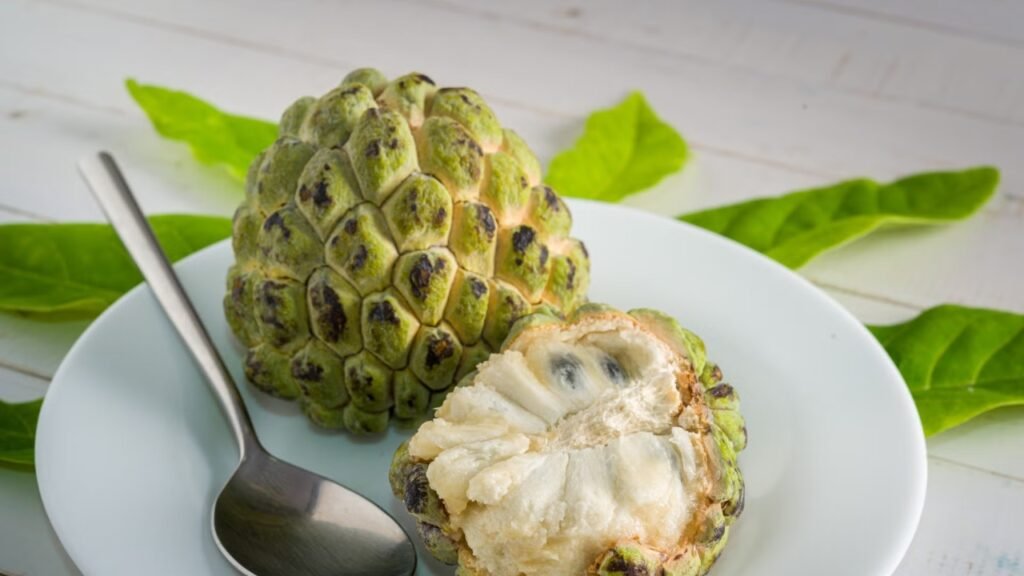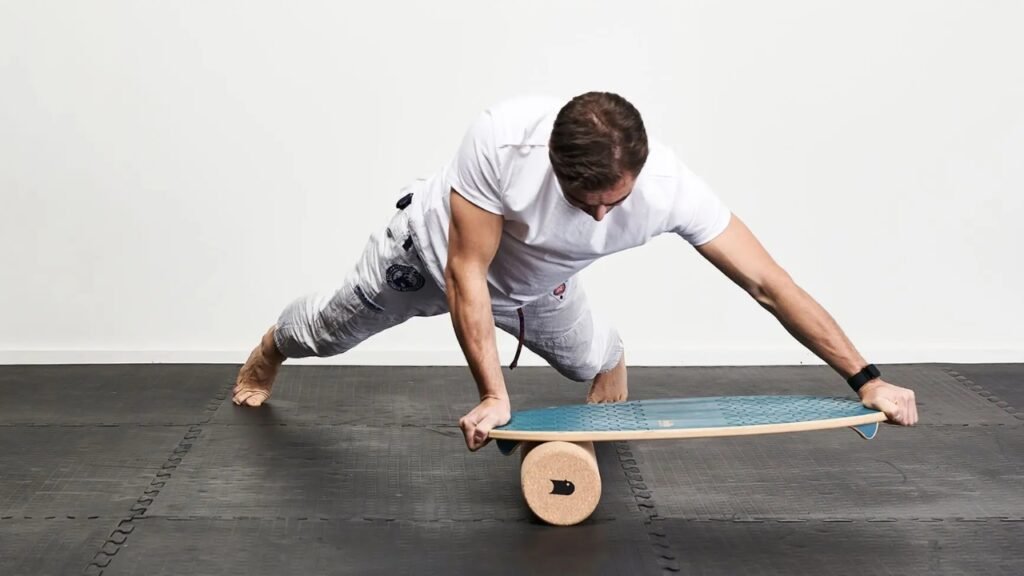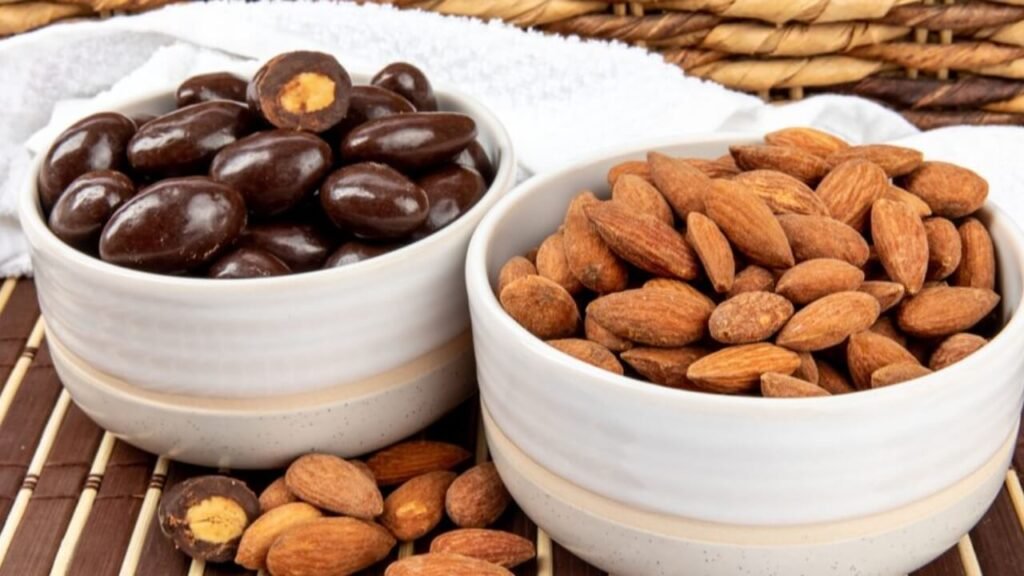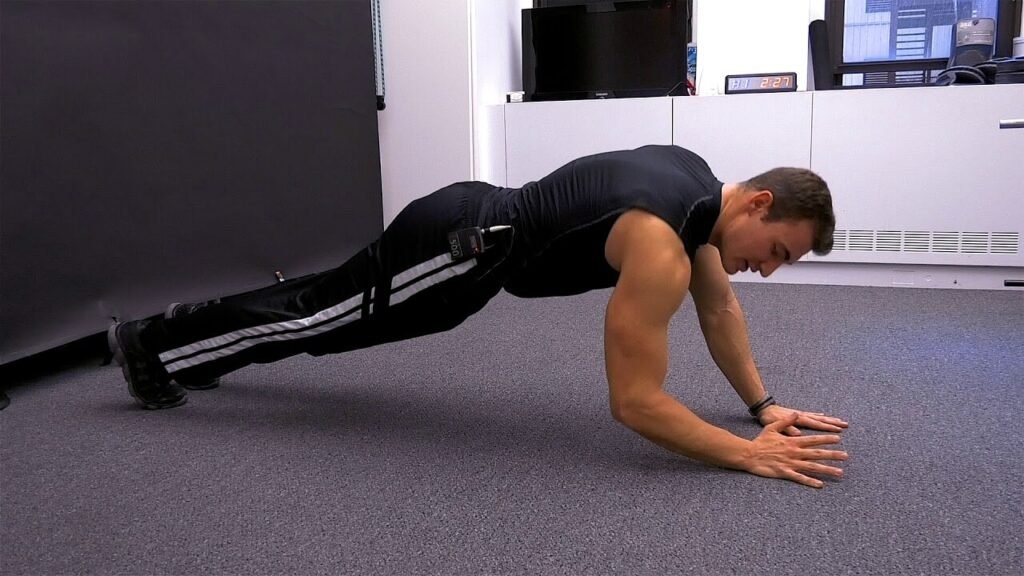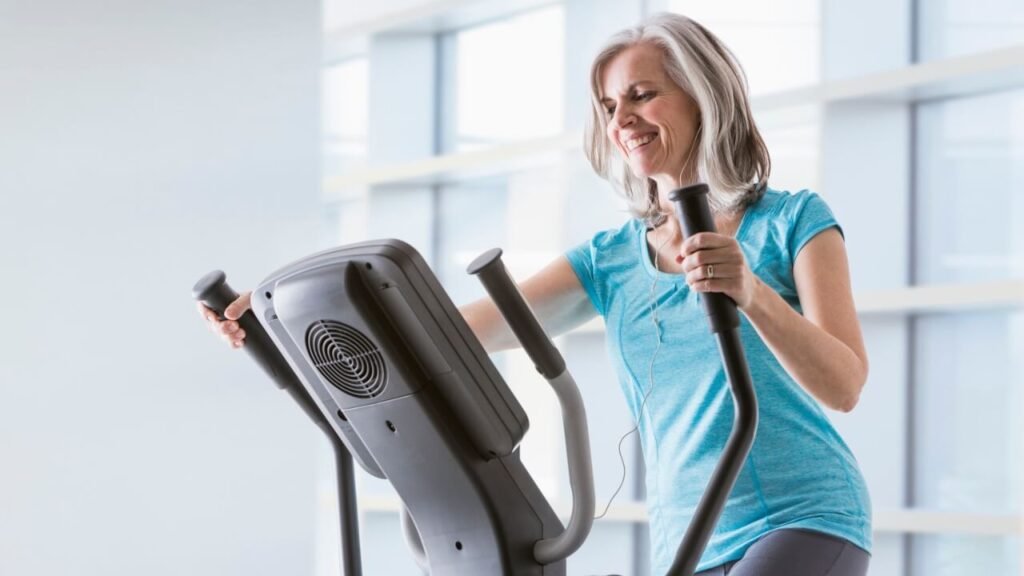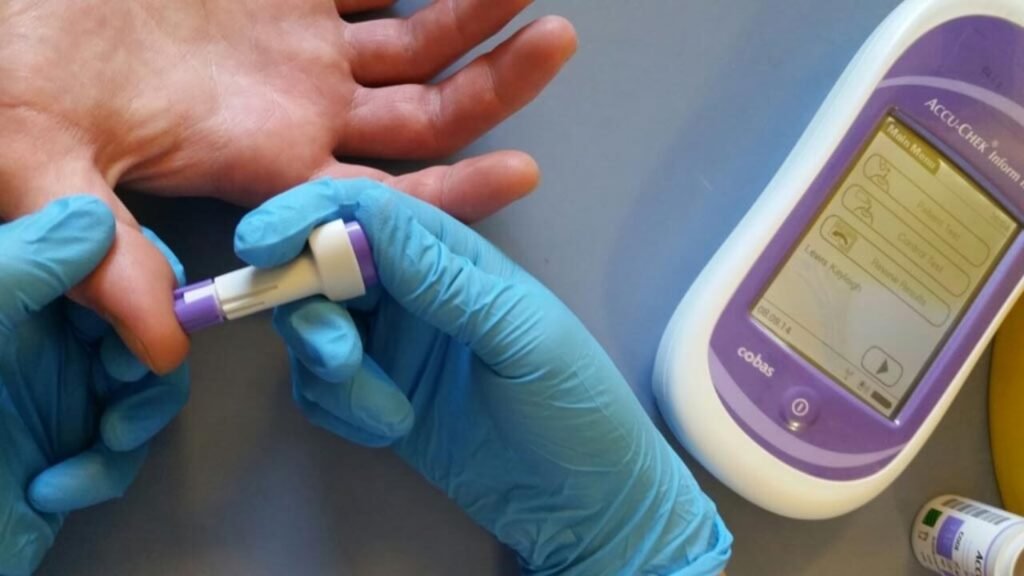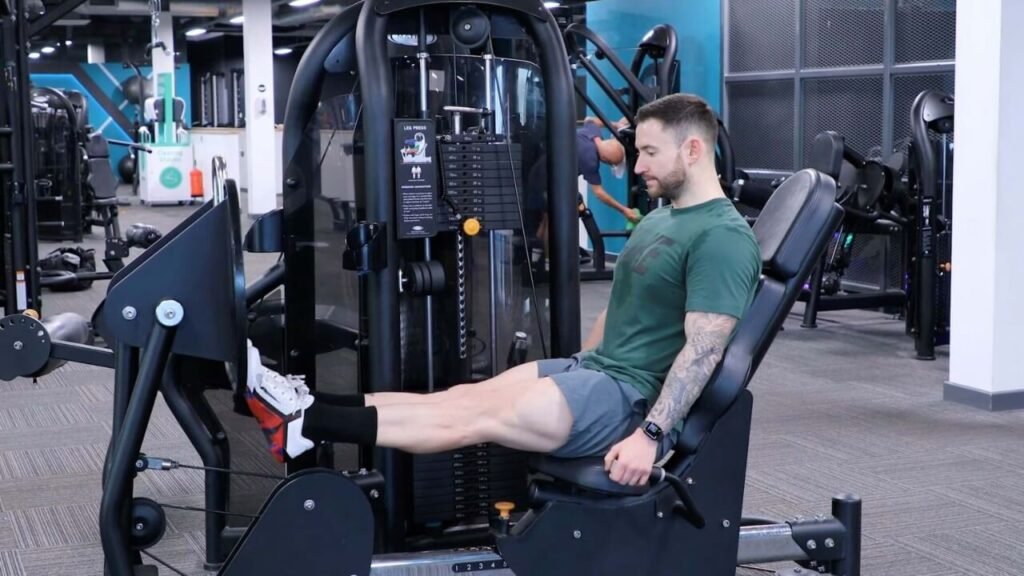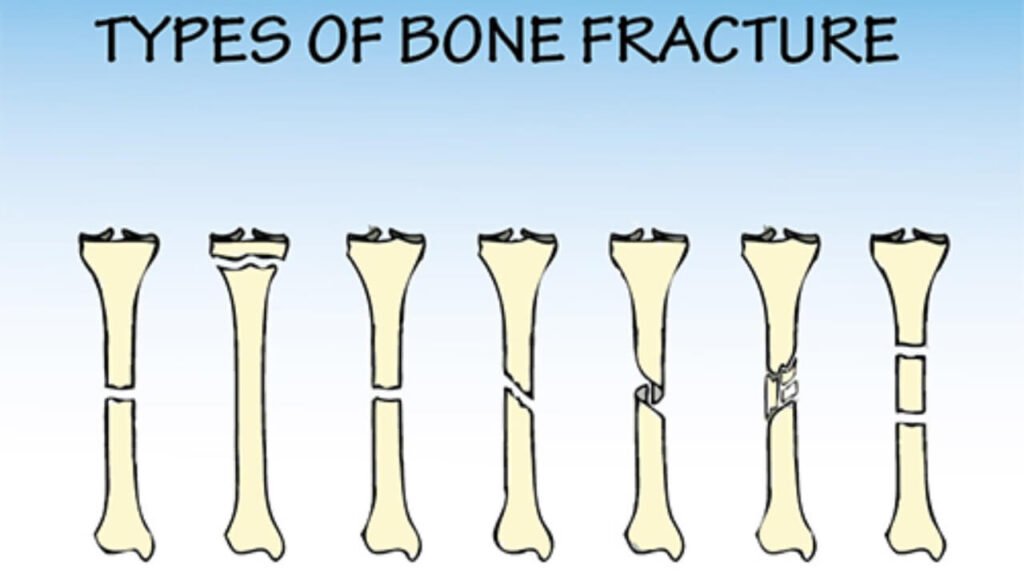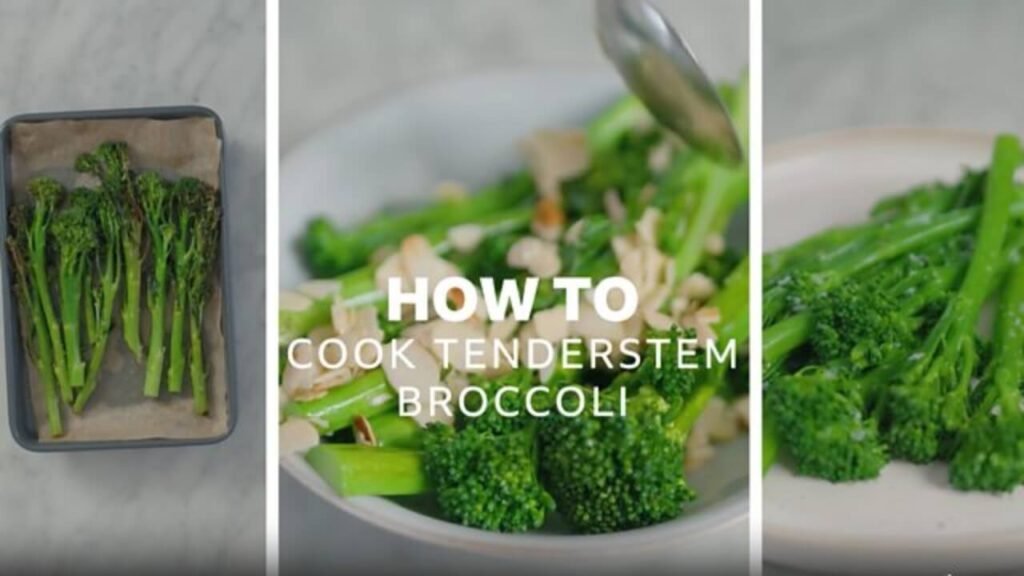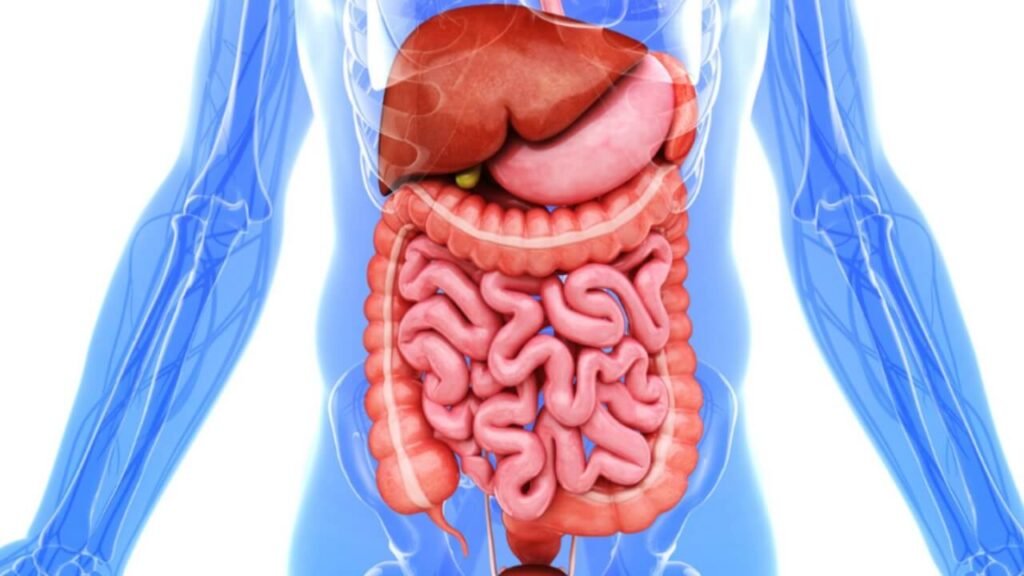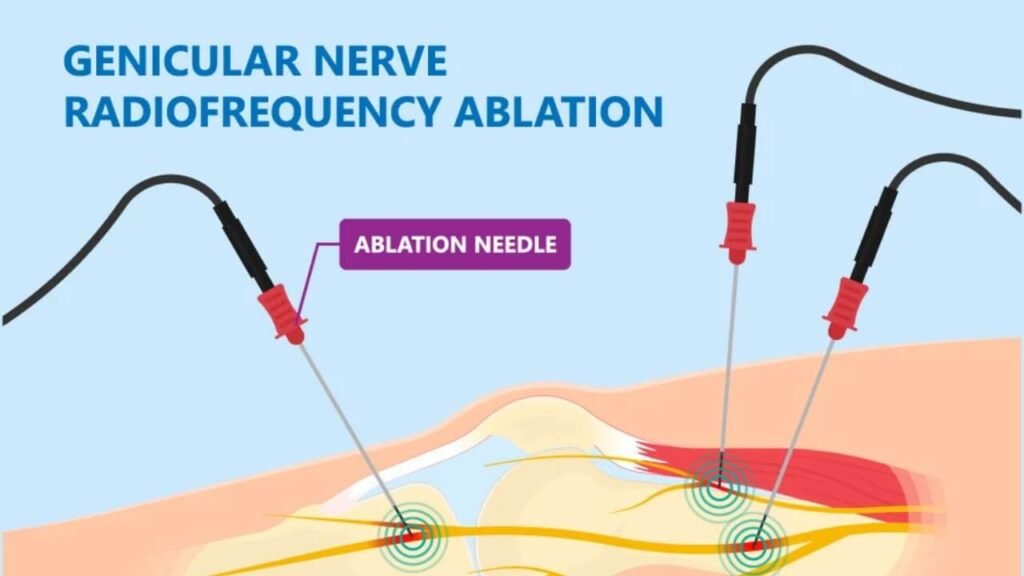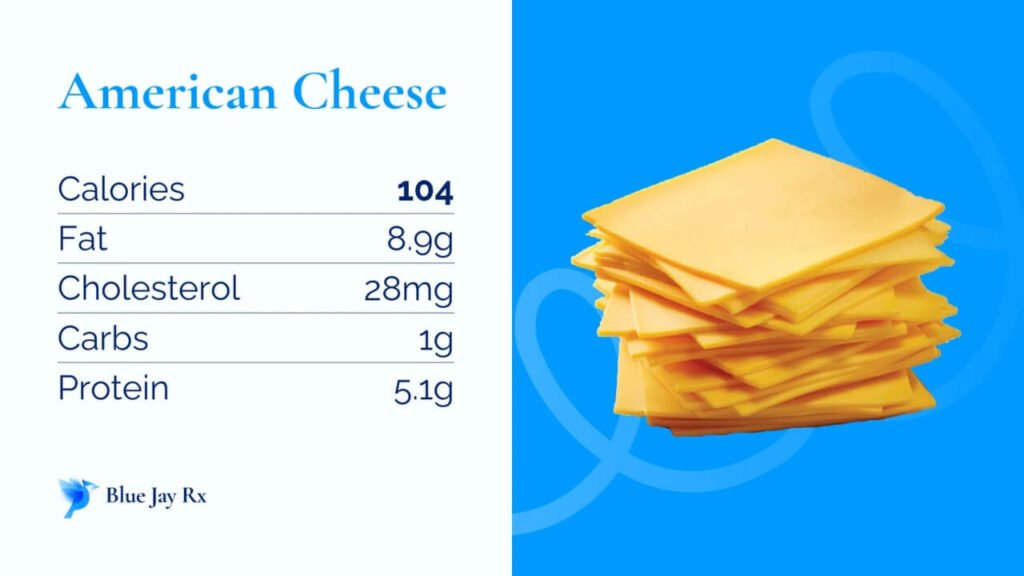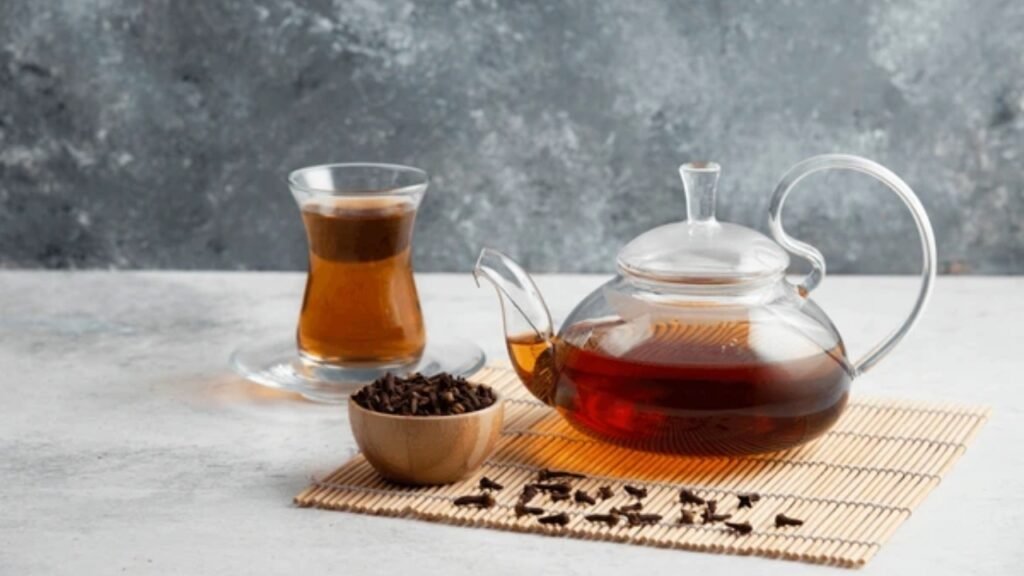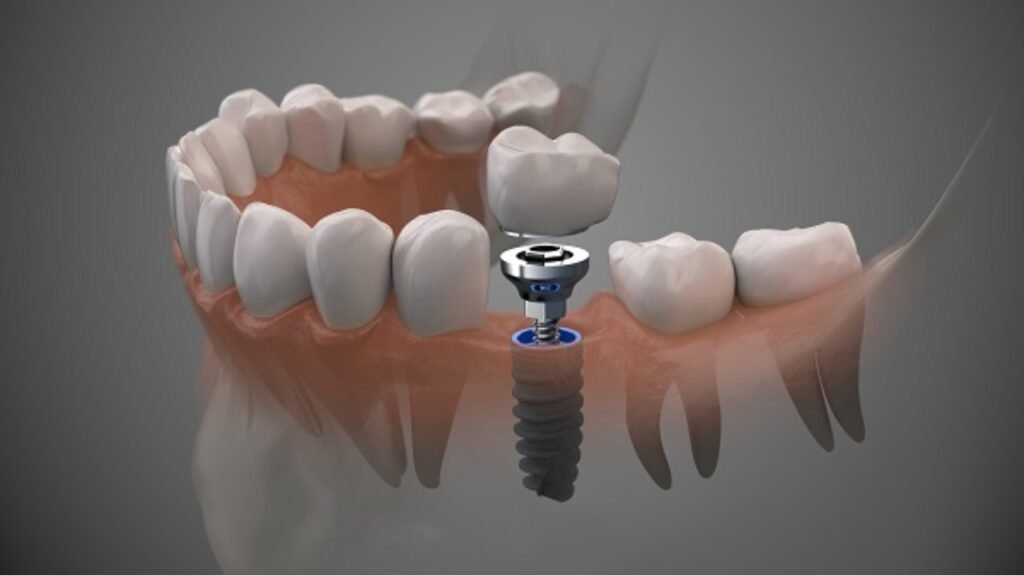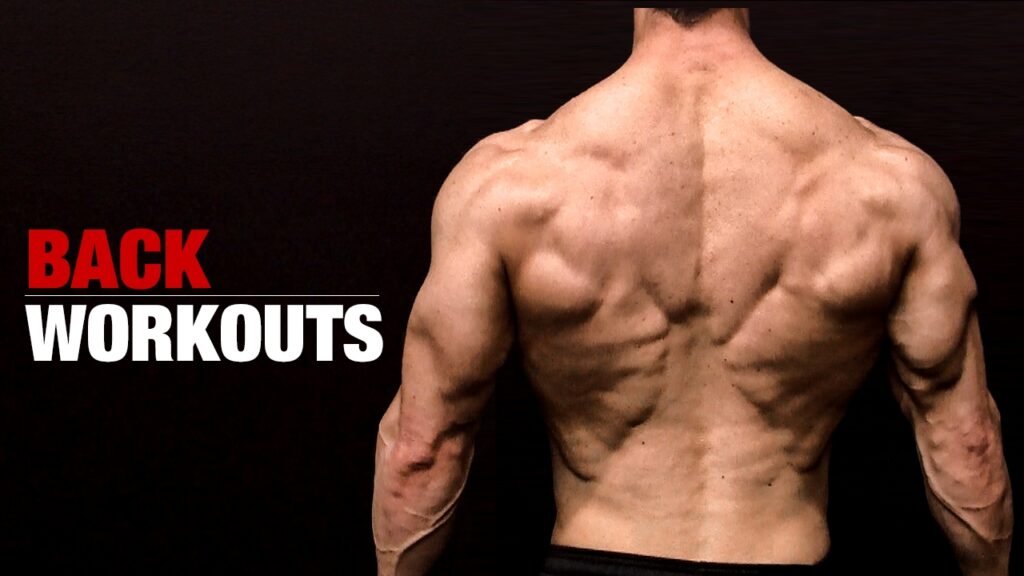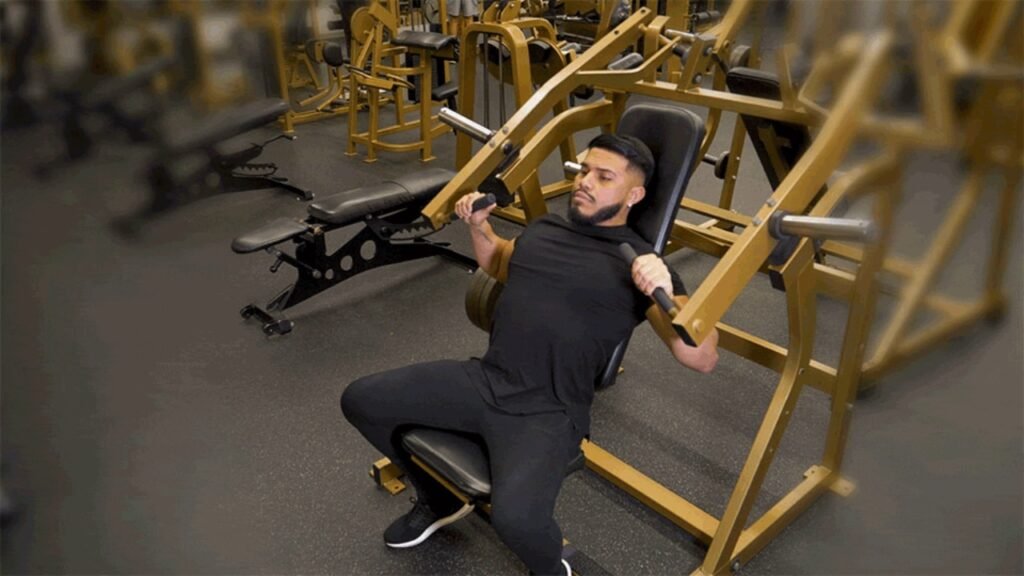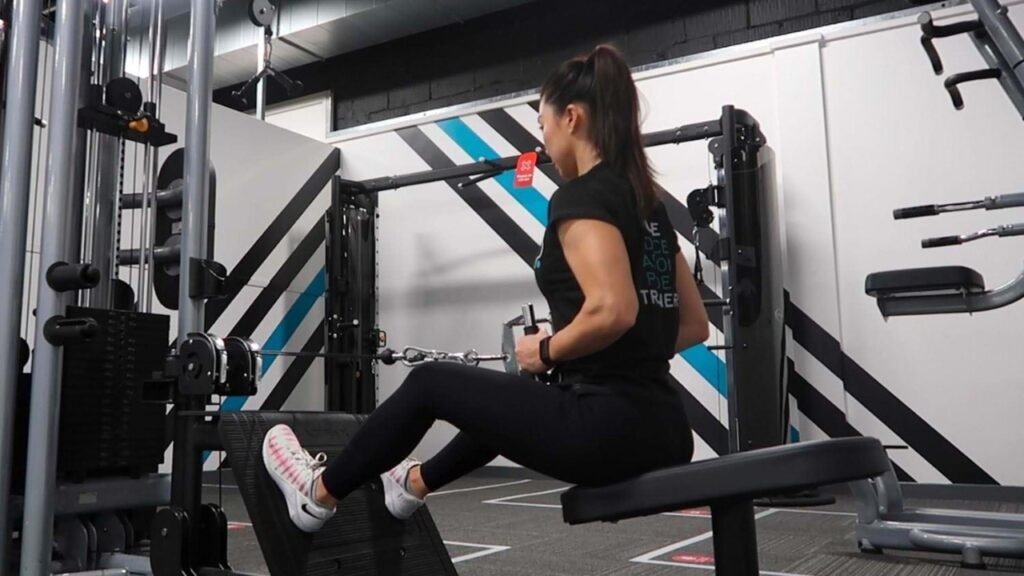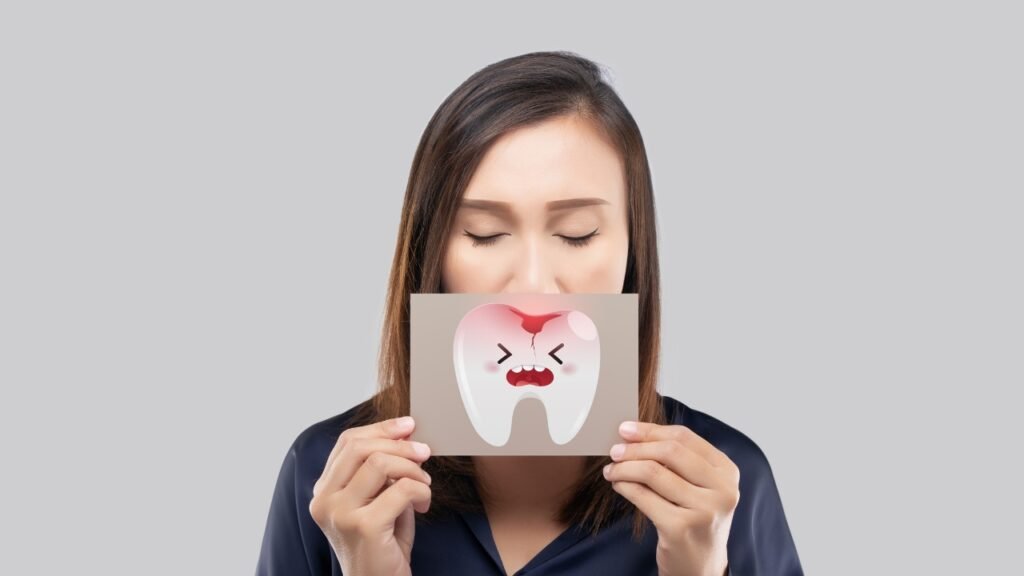Hip Thrust Primary Muscles Worked Revealed
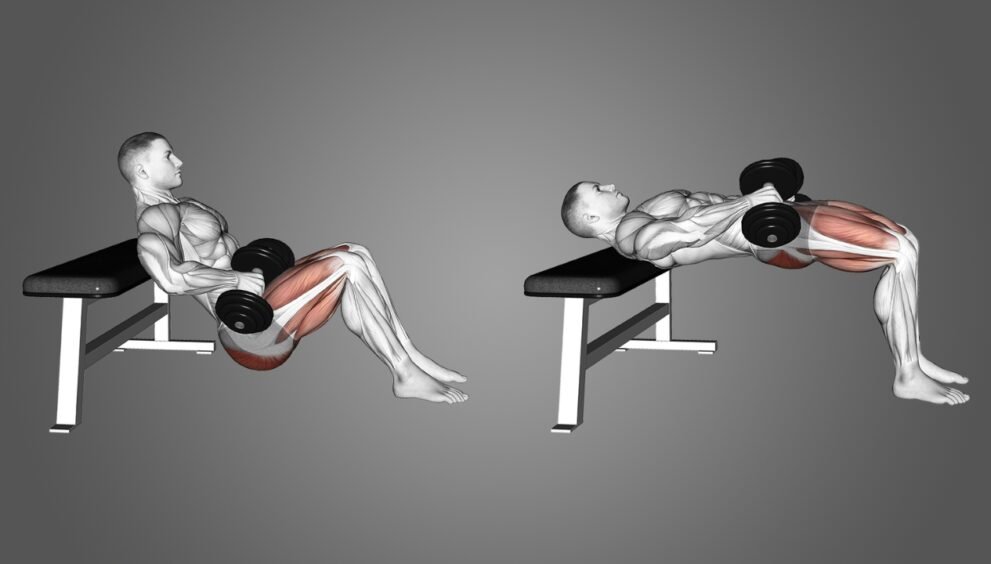
The hip thrust, a powerhouse exercise in strength training, has surged in popularity for its ability to sculpt and strengthen the lower body. Renowned for targeting the hip thrust primary muscles worked, this movement is a staple in gyms, athletic training programs, and home workouts alike. Whether you’re aiming to boost athletic performance, enhance glute aesthetics, or improve functional strength, understanding the muscles engaged in the hip thrust can transform your approach to fitness. In this blog, we’ll dive deep into the biomechanics of the hip thrust, explore its primary and secondary muscle groups, and uncover why this exercise is a game-changer for fitness enthusiasts of all levels.
Understanding the Hip Thrust
The hip thrust is a compound exercise that involves driving the hips upward against resistance, typically with a barbell, dumbbell, or body weight. Performed by sitting on the ground with your upper back against a bench and thrusting the hips toward the ceiling, this movement emphasizes hip extension. Unlike squats or deadlifts, the hip thrust isolates the posterior chain with precision, making it an exceptional choice for glute development. Its versatility allows beginners to master form with bodyweight variations while advanced lifters can load heavy weights for maximum strength gains.
Why It’s Effective
The exercise’s unique setup ensures a full range of motion for the hips, which enhances muscle activation. Consequently, it has become a favorite among strength coaches and fitness professionals. By understanding the mechanics, you can appreciate why the hip thrust primary muscles worked are so effectively targeted, leading to impressive strength and aesthetic outcomes.
Hip Thrust Primary Muscles Worked
The hip thrust is celebrated for its ability to engage multiple muscle groups, with the gluteus maximus taking center stage. Let’s explore the primary muscles involved and their roles in this dynamic movement.
Gluteus Maximus: The Powerhouse
The gluteus maximus, the largest muscle in the human body, is the primary driver of the hip thrust. This muscle is responsible for hip extension, the movement that propels your hips upward during the exercise. Research from Google Scholar, including studies like Contreras et al. (2015), highlights that the hip thrust elicits higher gluteus maximus activation compared to traditional exercises like squats. This makes it an unparalleled choice for building glute strength and size.
When you perform a hip thrust, the gluteus maximus contracts powerfully to extend the hips, generating force to lift the weight. This activation not only enhances muscle hypertrophy but also improves athletic performance in activities like sprinting, jumping, and lifting. Moreover, a strong gluteus maximus supports lower back health by stabilizing the pelvis, making the hip thrust a functional exercise for everyday movements.
Hamstrings: The Supporting Players
While the gluteus maximus leads, the hamstrings play a crucial supporting role. Specifically, the biceps femoris, semitendinosus, and semimembranosus assist in hip extension and knee flexion. During the hip thrust, the hamstrings engage to stabilize the movement and contribute to the upward drive. Although their activation is less intense than in exercises like Romanian deadlifts, they still experience significant tension, promoting strength and endurance in the posterior chain.
Interestingly, the hamstrings’ involvement varies based on foot placement. Positioning your feet farther from the body increases hamstring engagement, as noted in biomechanical analyses on Google Scholar. This adjustability allows you to tailor the hip thrust to your training goals, whether focusing on glutes or balancing posterior chain development.
Adductors: The Unsung Heroes
The adductor muscles, located on the inner thighs, also contribute to the hip thrust. These muscles, including the adductor magnus, help stabilize the pelvis and thighs during the movement. While their role is secondary, they ensure proper alignment and prevent unwanted lateral movement. This stabilization is critical for maintaining form, especially when lifting heavier weights. By engaging the adductors, the hip thrust promotes balanced lower body strength, reducing the risk of injury.
Secondary Muscles Engaged in Hip Thrusts
Beyond the hip thrust primary muscles worked, several secondary muscles enhance the exercise’s effectiveness. These muscles support the movement and contribute to its functional benefits.
Quadriceps and Hip Flexors
Although the hip thrust emphasizes hip extension, the quadriceps and hip flexors play a minor role in stabilizing the lower body. The quadriceps, particularly the rectus femoris, engage slightly during the initial phase of the thrust to maintain knee stability. Similarly, the hip flexors, such as the iliopsoas, help control the descent of the hips, ensuring a smooth, controlled movement. While these muscles aren’t the primary focus, their involvement adds to the exercise’s comprehensive lower body activation.
Core Muscles: Stability and Control
A strong core is essential for executing the hip thrust with proper form. The rectus abdominis, obliques, and transverse abdominis work together to stabilize the spine and pelvis. This engagement prevents excessive arching of the lower back, which can lead to discomfort or injury. As strength coach Bret Contreras, a leading expert on hip thrusts, notes,
*“The hip thrust is not just a glute exercise; it’s a full-body movement that demands core stability to maximize effectiveness.”
By bracing your core throughout the movement, you enhance both safety and performance.
Erector Spinae: Supporting the Spine
The erector spinae muscles along the spine also contribute to the hip thrust by maintaining an upright posture. These muscles prevent excessive spinal flexion or extension, ensuring that the focus remains on hip movement. Their role becomes more pronounced when lifting heavier loads, as they work harder to stabilize the spine under stress. This makes the hip thrust a valuable exercise for improving posterior chain resilience.
Benefits of Targeting Hip Thrust Muscles
The hip thrust primary muscles worked offer a range of benefits that extend beyond aesthetics. By strengthening the gluteus maximus, hamstrings, and adductors, you enhance athletic performance, improve posture, and reduce injury risk. For athletes, stronger glutes translate to greater power in explosive movements like sprinting or jumping. For everyday individuals, a robust posterior chain supports activities like walking, climbing stairs, and lifting objects.
Additionally, the hip thrust promotes balanced muscle development. Many people have underdeveloped glutes due to sedentary lifestyles, which can lead to issues like lower back pain or knee instability. By prioritizing the hip thrust, you address these imbalances, fostering a stronger, more functional body. The exercise’s versatility also allows for progressive overload, enabling continuous strength gains over time.
Optimizing Your Hip Thrust Technique
To maximize the activation of the hip thrust primary muscles worked, proper technique is crucial. Begin by positioning your upper back against a sturdy bench, with your feet flat on the ground and knees bent at approximately 90 degrees. Place the barbell or weight across your hips, using a pad for comfort. Engage your core, keep your chin tucked, and drive through your heels to lift your hips until they align with your shoulders and knees.
Tips for Maximum Effectiveness
Focus on a controlled tempo, avoiding rapid or jerky movements. At the top of the thrust, squeeze your glutes to ensure maximum activation. Avoid overarching your lower back, as this can shift tension away from the glutes. For variation, experiment with foot placement or resistance bands to target specific muscle groups more intensely. Consistency and proper form will yield the best results.
Common Mistakes to Avoid
Even with its straightforward setup, the hip thrust is prone to errors that can reduce its effectiveness. One common mistake is failing to achieve a full range of motion. Partial reps limit glute activation and hinder progress. Ensure your hips reach full extension at the top of the movement. Another error is excessive lower back involvement, often caused by inadequate core engagement. This can strain the spine and detract from glute focus.
How to Correct Them
Additionally, avoid placing your feet too close or too far from your body, as this can shift emphasis away from the glutes. Finally, don’t rush the movement. A slow, controlled descent maximizes time under tension, enhancing muscle growth. By addressing these pitfalls, you can fully harness the power of the hip thrust.
Incorporating Hip Thrusts into Your Routine
The hip thrust’s versatility makes it easy to integrate into various workout programs. For strength training, perform 3–5 sets of 6–12 reps with moderate to heavy weight. For hypertrophy, aim for higher reps (8–15) with a focus on time under tension. Beginners can start with bodyweight hip thrusts to master form before adding resistance. Pair the exercise with complementary movements like squats, lunges, or deadlifts for a well-rounded lower body routine.
Frequency and Recovery
Frequency matters, too. Research suggests training glutes two to three times per week optimizes growth and strength. Allow adequate rest between sessions to promote recovery. Whether you’re a bodybuilder, athlete, or casual gym-goer, the hip thrust can be tailored to your goals, making it a must-have in any fitness regimen.
Conclusion
The hip thrust is more than just a glute-building exercise; it’s a transformative movement that targets the hip thrust primary muscles worked—gluteus maximus, hamstrings, and adductors—while engaging secondary muscles like the core and quadriceps. Its ability to enhance strength, improve athletic performance, and promote functional fitness makes it a cornerstone of effective training programs. By mastering proper technique, avoiding common mistakes, and incorporating the hip thrust into your routine, you can unlock its full potential. Whether you’re chasing aesthetic goals or seeking to move better in daily life, the hip thrust empowers you to build a stronger, more resilient body. So, grab a bench, load up the barbell, and thrust your way to a fitter future.



